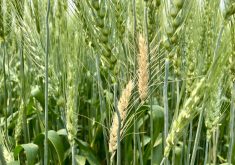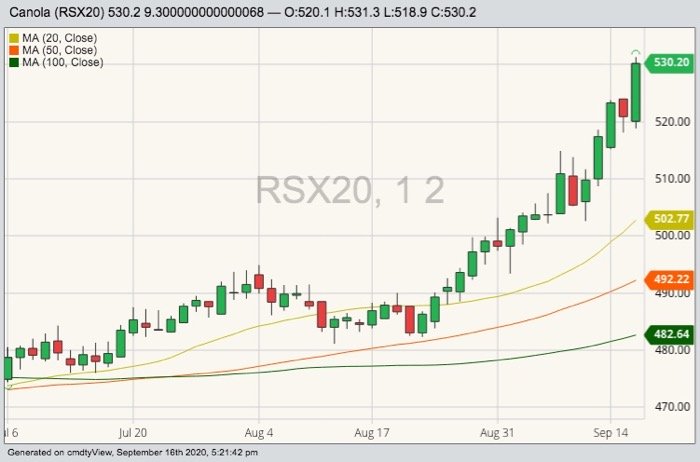As growers face more challenges from weeds, diseases and insects, many researchers, agronomists, advisers and farmers have shifted thinking from “control” of pests to “managing” them.
Some of this trend is attributable to single-mode-of-action products and a reliance on one or two chemistries or technologies — but the adaptability of weed, disease and insect species can’t be underestimated. Their respective abilities to select for resistance and evolve beyond an active ingredient or single mode of action is well-documented.
That’s why the move to multiple modes of action (MMOA) is gaining popularity. According to Glen Forster, technical development manager with BASF, growers are well aware of the impacts of herbicide resistance, particularly since they’re dealing with it at greater frequencies. That’s why many newer fungicides launched in the past four or five years are taking the multiple-mode-of-action approach, he said.
Read Also

India slaps 30 per cent import duty on yellow peas
India has imposed a 30 per cent duty on yellow pea imports with a bill of lading date on or after Nov. 1, 2025.
“With fungicides, there’s a lot of education going on in the marketplace to help producers become more aware, and that it’s important to think about resistance management before resistance occurs,” Forster said. “Growers are well-versed in herbicides but the knowledge base on resistance management in fungicides is becoming stronger on a yearly basis.”
One of the primary challenges in sharing that message comes from the frequency and intensity of herbicides versus fungicides. Growers must manage different weed species on an annual basis, whether it’s Canada fleabane or lamb’s quarters. But diseases are different: in any year, the right environmental conditions must be present, the host species must be at the right stage and there have to be sufficient amounts of the pathogen present — all at the same time.
“Even though you may spray the same mode of action on a wheat plant and then the next year, spray the same mode of action on a soybean crop, since the diseases may not be affecting that crop, you don’t have a selection pressure on an annual basis,” Forster said. “If the disease isn’t present in the field or the weather conditions aren’t conducive for that disease, you won’t have selection pressure.”
Advances in breeding technology have also helped growers, with resistance “packages” for diseases such as phytophthora root rot in soybeans and fusarium head blight in wheat. In some years, such breeding enhancements might negate the need for a fungicide application in wheat fields, or at least reduce their number.
But not every disease package is perfect, hence the industry’s move to MMOAs. No matter how sporadic a disease incidence might be, or whether its intensity is low, the key with MMOAs is to be proactive — to reduce the potential for the selection of resistance before it has a chance to start the selection process.
“The chance of having a population that’s resistant to both a strobilurin and a succinate dehydrogenase inhibitor (SDHI) in a field with a multiple mode of action is extremely rare,” Forster said.
“Although fungicides may not need to be MMOA today, it’s always a better strategy to use those prior to resistance selection, to prevent losing one of those tools you have. Diseases will adapt and we need to make sure that we constantly preserve the tools that we have from a fungicide performance perspective, and prevent disease from occurring.”
— Ralph Pearce is a field editor for Country Guide at St. Marys, Ont. Follow him at @arpee_AG on Twitter.













